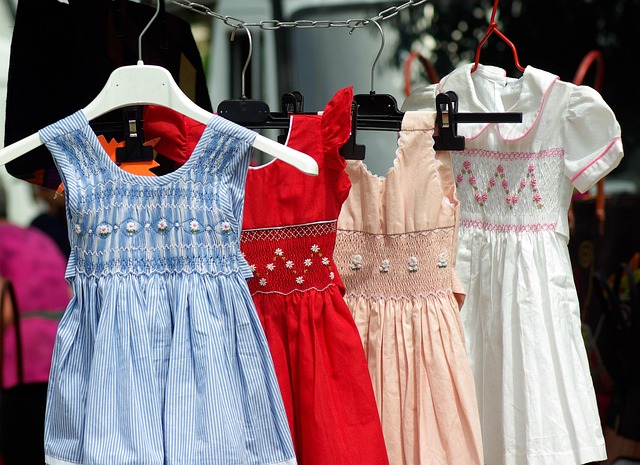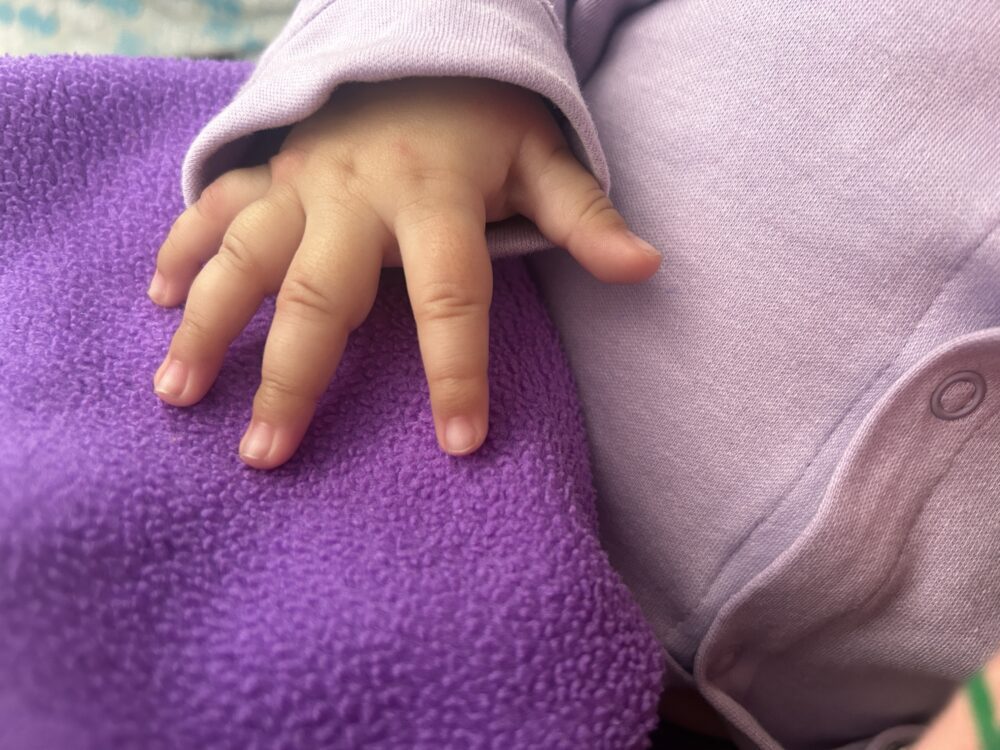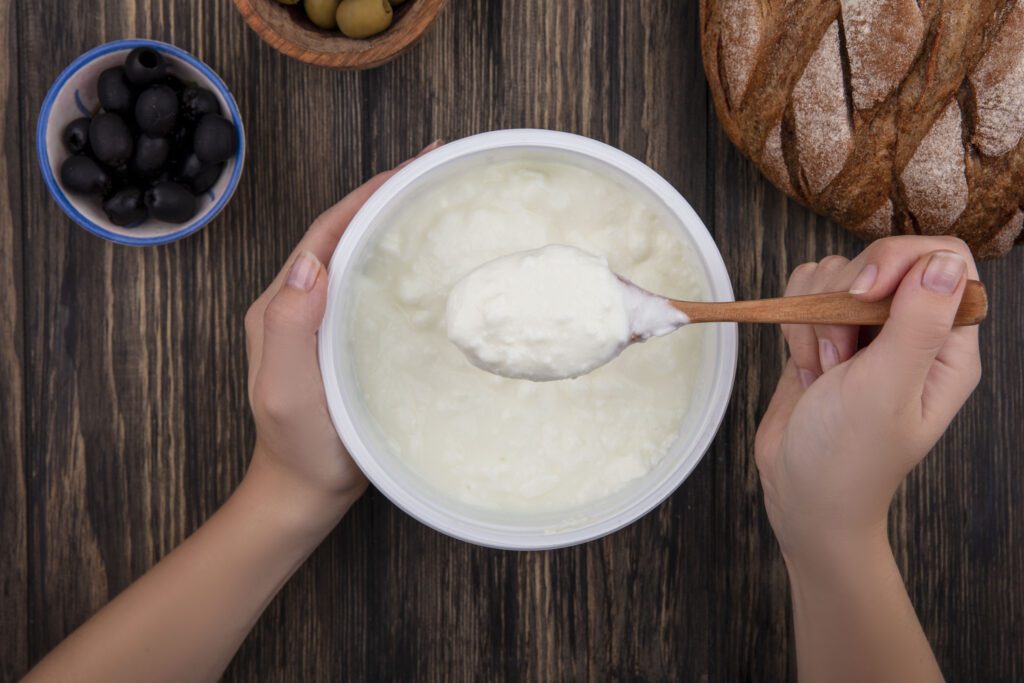Welcoming a new baby into this world comes with an immense joy—and a whole lot of laundry! Newborns have sensitive skin that is prone to irritation, which means their clothes need special care.
In this guide, we will let you explore everything you need to know about washing, storing, and maintaining your baby’s wardrobe with love and care.
Why Special Care Is Necessary for Baby Clothes?
Babies clothes require special care because they have extremely sensitive skin, underdeveloped immune systems and heightened sensitivity to irritants. Here’s why extra attention matters:
Sensitive skin
Babies skin is thinner and more delicate than adults, making it more susceptible to rashes, allergies, and irritation from harsh detergents, fabric finishes, or residue from improper washing.
Hygiene
Babies often spit up, drool, or have diaper leaks. Washing clothes thoroughly helps remove bacteria and stains that could otherwise lead to infections or skin issues.
Allergy Prevention
Proper washing removes allergens like dust mites, pollen, or chemicals from manufacturing. Newborns have weak immune system, so bacteria, mold, or detergent buildup on clothes can lead to infections or eczema, so always prefer pre-washing.
Comfort Matters
Babies move constantly, so stiff and scratchy fabrics can cause discomfort. Washing not only removes residues, but also softens fabrics and retains their shape. Always try to use Natural and organic fibers (cotton, bamboo) and proper care keep clothes breathable and cozy. Avoiding synthetic fabrics (like polyester) reduces sweating and irritation.
Safety Hazards
Make sure to loose buttons, snaps, or frayed threads. It can lead to choking risks. Washing and inspecting clothes helps catch defects or wear-and-tear early.
Step-by-Step Guide to Washing Baby Clothes
Separate new and used clothes: Always wash new clothes before your baby wears them to remove any dyes, chemicals, or dirt from the store or factory.
Separate heavily soiled items: Cloth diapers or vomit-stained clothes should be washed separately with a disinfecting wash.
Poop stains: Rinse immediately in cold water, then soak in warm water with baby-safe stain remover.
Milk/formula stains: Use a mild baking soda paste or soak in white vinegar before washing. Avoid using harsh chemical stain removers, bleach fabric softeners as these can linger in fabric fibers and irritate your baby’s skin. Use a hypoallergenic, fragrance-free, dye-free detergent specially made for babies. Look for labels like:
- Dermatologist-Tested
- Free and Clear
Use warm or cold water unless otherwise stated on the label. Avoid over washing. If an item isn’t dirty, you can gently hand wash and air dry.
Drying Baby Clothes
Air Drying: Best for delicate fabrics like muslin, organic cotton, or lace. Hang under shade, not direct sunlight, to avoid fading.
Tumble Drying: Choose a low heat setting. High heat can damage fibers and make clothes scratchy. Use dryer balls (instead of dryer sheets) to maintain softness of the fabric.
Should we Iron Baby Clothes—Yes or No?
Ironing is optional for most baby clothes. However, it can:
- Kill leftover germs (especially important for newborns under 3 months).
- Soften fabric further.
- Always use low heat and avoid using steam on delicate items.
Safe Storage of Baby Clothes
Store in a Clean, Dry Space
- Dust-free
- Pest-free
- Away from humidity
Use Fabric Storage Bags or Cotton Liners
Avoid plastic bags or boxes that trap moisture and cause mildew. Use breathable cotton or muslin storage bags.
Organize by Size and Season
Separate clothes by size, such as Newborn, 0–3 months, 3–6 months, etc. You can also divide by type—onesies, pajamas, outerwear, etc.
How Often Should You Wash Baby Clothes?
- Every 2–3 days is ideal, as babies go through multiple outfit changes a day.
- Cloth diapers or reusable nappies should be washed daily or every alternate day.
Fabric Choices That Stay Soft & Safe
- Organic Cotton
- Breathable, non-toxic
- Wash in cold water, gentle detergent
- Muslin Lightweight, softens with each wash
- Air dry or tumble dry low
- Avoid synthetic fabrics like polyester or nylon in undergarments or sleepwear, as they trap heat and may cause rashes.
Extra Tips for Maintaining Softness & Safety
Do:
- Use laundry bags for tiny socks and mittens to prevent them from getting lost.
- Wash stuffed toys and blankets weekly
Don’t:
- Don’t use bleach or strong disinfectants.
- Don’t mix baby clothes with adult laundry if you’ve used strong detergent or fabric softener.
Travel & Daycare Baby Laundry Tips
- Label clothes to avoid mix-ups.
- Carry a small sachet of baby laundry detergent.
When to Retire or Donate Baby Clothes
Babies grow fast, and clothes quickly pile up. If an item:
- No longer fits,
- Has too many stains,
- Or has loose buttons/zippers,
- It’s time to either recycle, donate (if gently used), or repurpose them as cleaning rags or keepsakes like memory quilts.
Wrap Your Baby in Love
Baby clothes aren’t just garments—they’re part of your little one’s daily comfort and safety. Taking a little extra care while washing, drying, and storing them goes a long way in ensuring your baby stays happy, rash-free, and cozy all day long.
Softness is not just about fabric—it is about the love and attention you put into every step. With the right practices, you can keep baby clothes as gentle as your cuddles.



